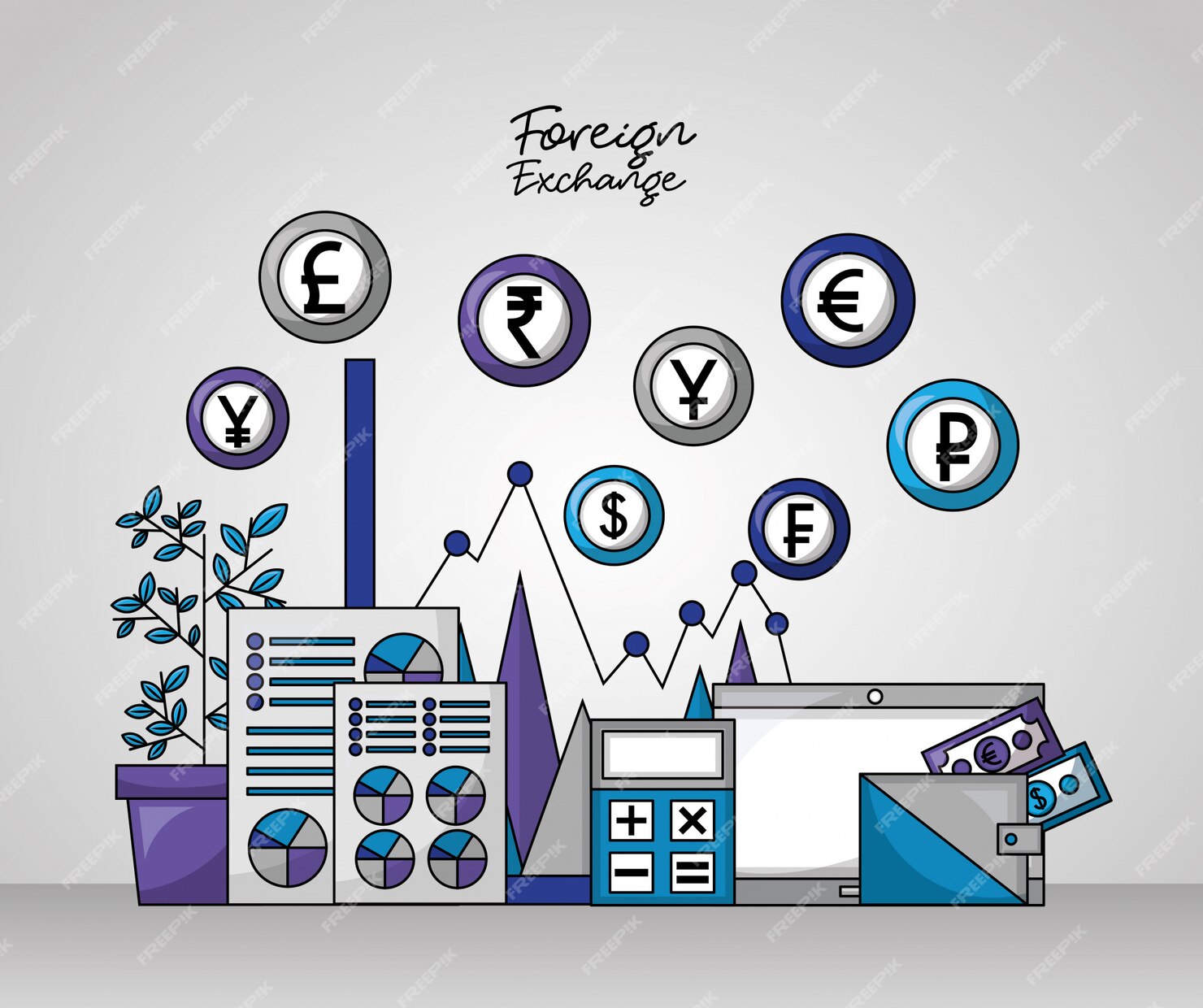[ez-toc]
Fiat Settlement Times: What to Expect and How to Optimize Them

Introduction
If you’re looking to start a fintech company or a crypto startup in Latin America, understanding fiat settlement times is crucial. It’s the backbone of transactions, especially those that involve moving funds between banks or converting from crypto to fiat. While this might sound complex, it’s vital for ensuring your business is efficient and your customers are satisfied.
The Importance of Fiat Settlement Times in Crypto-Fiat Transactions
Fiat settlement times refer to how long it takes to transfer money between financial institutions or convert between cryptocurrencies and fiat currencies (like USD or Brazilian Real). In Latin America, where economies often depend on remittances and cross-border payments, delays can impact liquidity and operational efficiency. The faster these processes, the more reliable your business becomes. Optimized settlement times can make or break user experience, especially in high-demand markets.
Common Settlement Timeframes for Fiat Transactions
The speed of fiat settlement times varies based on the region, banking partners, and transaction type. In traditional banking, transactions can take up to three days, but fintech solutions like real-time payment systems (e.g., PIX in Brazil) offer near-instant transactions. Fintech companies aim to shorten these timelines, providing faster liquidity to businesses and customers alike.
What Influences Fiat Settlement Times?
Fiat settlement times are impacted by several critical factors, each of which can significantly affect the speed and reliability of transactions. Let’s break down these key influencers:
1. Banking Infrastructure

The state of a country’s banking infrastructure plays a fundamental role in determining how fast fiat transactions are settled. In countries with advanced financial systems, such as Brazil, banks have implemented real-time payment systems like PIX, which allow for near-instant settlements. PIX has revolutionized Brazil’s payment landscape by enabling consumers and businesses to settle transactions in seconds, fostering greater liquidity and operational efficiency.
By contrast, countries like Venezuela, which face economic instability and have underdeveloped banking infrastructures, often experience prolonged delays in settlement times. The inefficiency in such regions stems from outdated or limited banking networks that are incapable of handling large volumes of transactions quickly(
2. Payment Rails and Processing Networks

The payment rails used for transferring money between financial institutions are another major determinant of settlement speed. Payment networks such as SWIFT, ACH (Automated Clearing House), and SEPA (Single Euro Payments Area) act as the primary channels for moving funds globally.
- SWIFT: Commonly used for cross-border transactions, it is relatively secure but can be slow, often taking 1-3 business days. For fintech companies involved in international transactions, relying on SWIFT can cause frustrating delays.
- ACH: This payment rail is used predominantly in the U.S. for domestic transfers. It is faster than SWIFT but still has a processing time of 1-2 business days, which might not be sufficient for businesses requiring near-instant settlement.
- SEPA: Mostly used within the European Union, SEPA offers faster settlement times, often completing transactions within a single business day.
The speed of these payment rails can significantly affect the final settlement time, particularly for cross-border transactions. For fintechs operating on a global scale, relying on slower networks can negatively impact customer experience and liquidity management.
3. Currency Conversion and Forex Processes

Currency conversion, especially in regions with volatile exchange rates, adds complexity and delay to the settlement process. For example, Argentina experiences frequent fluctuations in its currency value, which means converting local pesos to foreign fiat or cryptocurrencies can take additional time.
The Forex (foreign exchange) process introduces delays because the transaction may involve multiple parties—each requiring confirmation and exchange rate negotiation. In high-volatility markets, liquidity becomes a critical factor; delays often occur because institutions must ensure that sufficient liquidity is available at the time of conversion.
To reduce these delays, many crypto startups are turning to stablecoins, such as USDC or USDT. These crypto assets are pegged to fiat currencies, providing a stable value and faster processing times compared to traditional currency exchange methods. Stablecoins are increasingly being used for cross-border payments, offering a more reliable and quicker alternative to Forex processes.
4. Time of Transaction

The timing of a transaction also influences how quickly it settles. Traditional banking systems have business hours, which means transactions initiated outside these hours—such as during weekends, holidays, or after-hours—are often delayed until the next business day. This is particularly problematic in regions where bank operating hours are limited or the banking network is underdeveloped.
Cross-border transactions typically take longer to settle than domestic ones. This is because international payments often pass through multiple correspondent banks, each of which may have its own processing hours and cutoffs. These extra steps introduce additional delays.
Fintech solutions like PIX in Brazil and SPEI in Mexico offer real-time payments, operating 24/7. These systems allow businesses to process payments instantly, without being bound by traditional banking hours. This flexibility is crucial for improving settlement times, particularly for high-volume or cross-border payments.
What to Expect from Different Types of Transactions
Fiat settlement times can vary dramatically depending on whether a transaction is domestic or cross-border. Each type of transaction comes with its own challenges and advantages, particularly in regions like Latin America, where banking infrastructure and currency volatility are key considerations.
Domestic Transactions
Domestic transactions typically settle faster than cross-border ones because they take place within the same country and currency system. The lack of foreign exchange or intermediary banks simplifies the process, reducing the time needed for funds to be available.
In countries with advanced banking systems, like Brazil, real-time payment platforms such as PIX have transformed the landscape for domestic transfers. Introduced by Brazil’s Central Bank, PIX enables users to make instant payments 24/7, regardless of weekends or banking hours. Transactions processed via PIX typically take only a few seconds to complete, providing unprecedented flexibility and efficiency for both consumers and businesses.
Other countries in Latin America are following Brazil’s lead by introducing similar systems. For example, Mexico’s SPEI (Interbanking Electronic Payments System) offers near-instantaneous transfers within the country, allowing businesses to process payments quickly. These systems highlight how fintech innovations are closing the gap between traditional banking delays and consumer expectations for instant access to funds.
Cross-Border Transactions
When it comes to cross-border transactions, settlement times are often much longer due to the additional steps required. Currency conversion, intermediary correspondent banks, and differing regulatory systems can slow down the process.
For instance, a transfer from Mexico to the U.S. might involve several correspondent banks that process the payment in stages. Each institution can add its own delays due to varying operating hours, regulatory checks, and time zones. On average, cross-border payments take between 1-5 business days to settle, although some payment networks can further extend these timelines depending on the country and currency involved.
Stablecoin-Based Fiat Settlements
One way businesses are speeding up cross-border fiat settlements is through the use of stablecoins, such as USDC or USDT. These digital currencies are pegged to fiat values (like the U.S. dollar), providing a stable asset that can be used to transfer value across borders more quickly and efficiently.
Unlike traditional fiat transactions, which rely on SWIFT or other payment rails that can take days to settle, stablecoin transfers occur on the blockchain, where transactions are verified in minutes. This offers a significant advantage, particularly for cross-border transactions, as it bypasses the need for correspondent banks and reduces reliance on traditional banking systems.
Optimising Fiat Settlement Times
Partnering with the Right Banking Institutions
In Latin America, choosing local banking partners that possess fast processing capabilities is crucial for reducing settlement delays in fiat-to-crypto transactions. By collaborating with banks that offer real-time payment systems, businesses can leverage advanced banking rails that facilitate swift transactions. These partnerships enable smoother integration of crypto platforms with local financial systems, thereby minimizing the time spent in traditional banking processes and improving the overall user experience for customers engaging in cryptocurrency trading and transactions.
Leveraging Payment Aggregators and Processors
The rise of fintech solutions, such as payment aggregators like yativo and Rapyd, is pivotal in optimizing settlement times in Latin America. These platforms connect businesses to faster networks, enabling them to process transactions efficiently across different banking systems and payment methods. By utilizing these aggregators, companies can tap into a variety of local and international payment options, ensuring quicker and more reliable settlement processes that enhance customer satisfaction and drive crypto adoption in the region.
Utilizing Stablecoins for Cross-Border Settlements
Stablecoins have emerged as a transformative tool for facilitating faster cross-border settlements in Latin America. By providing a digital currency pegged to stable assets, stablecoins eliminate the volatility typically associated with cryptocurrencies and offer a quicker alternative to traditional fiat currencies for international transactions. Platforms such as Circle and Binance are enabling near-instant settlements through stablecoin integration, allowing businesses and individuals to bypass lengthy processes often tied to conventional banking, thereby fostering seamless cross-border commerce.
Scheduling Transactions Smartly
Effective transaction scheduling can significantly mitigate delays caused by weekends, public holidays, or non-banking hours, which are common challenges in Latin America’s financial landscape. By strategically timing transactions, especially for bulk or high-volume payments, businesses can enhance efficiency and ensure that funds are processed and settled without unnecessary lags. Implementing best practices, such as utilizing automated scheduling tools or conducting transactions during peak banking hours, can optimize cash flow and improve the overall operational efficiency of crypto-related activities.
Integrating Blockchain Technology for Faster Settlements
The integration of blockchain technology offers a groundbreaking solution to improve settlement times in Latin America by bypassing traditional banking networks. Decentralized finance (DeFi) platforms play a critical role in facilitating swift cross-border payments by leveraging smart contracts and blockchain transparency. This allows for direct peer-to-peer transactions, which not only reduces settlement times but also enhances security and lowers transaction costs. As businesses increasingly adopt blockchain solutions, the region is poised to experience a significant transformation in its payment landscape, driving the adoption of cryptocurrencies and enhancing financial inclusion.
Case Studies: Optimizing Fiat Settlement Times in Latin America
Argentina’s Volatile Currency
Argentina’s economic instability has led businesses to seek alternatives to its volatile peso, turning to USD-backed stablecoins as a strategic solution for optimizing settlement times. By converting cryptocurrency into stablecoins pegged to the U.S. dollar, companies can mitigate risks associated with peso fluctuations while circumventing traditional financial delays often experienced in local banking systems. This approach not only enhances transaction speed but also instills confidence among businesses and consumers, allowing for smoother operations and facilitating trade in an unpredictable economic landscape.
Brazil’s Real-Time Payment System (PIX)
Brazil’s innovative PIX payment system has revolutionized domestic transaction times, enabling near-instantaneous payments across the country. This has significantly improved the efficiency of fiat transactions, as users can send and receive funds instantly, even during non-banking hours. Fintech companies like Yativo are capitalizing on the PIX infrastructure to provide seamless fiat on/off ramps, allowing users to quickly convert between fiat and cryptocurrency. By integrating with PIX, these companies are optimizing transaction processes, enhancing user experiences, and contributing to the broader adoption of digital currencies in Brazil.
Mexico’s Cross-Border Payment Innovations
In Mexico, the SPEI (Sistema de Pagos Electrónicos Interbancarios) system has emerged as a critical tool for expediting cross-border transactions between the U.S. and Mexico. This electronic payment system facilitates faster transfers, significantly improving the speed and reliability of remittances. Fintechs operating in this arena are further innovating by incorporating stablecoin solutions, which not only enhance settlement speeds but also reduce transaction costs for users. By leveraging SPEI in conjunction with stablecoins, these companies are paving the way for a more efficient and cost-effective remittance landscape, benefiting millions of families and businesses reliant on cross-border transactions.
Overcoming Common Challenges in Fiat Settlements
Delays Due to Currency Conversion
In countries with currency controls, like Venezuela, conversion delays are common. However, fintech solutions that use forex providers can help streamline conversion processes, making settlements faster and more predictable.
Banking Cutoffs and Processing Delays
Traditional banking systems often face delays due to cutoffs during weekends or holidays. Scheduling your transactions around these can help avoid delays. Many fintechs are innovating 24/7 payment services to reduce such setbacks.
Future Trends in Fiat Settlement Optimization
The Rise of Instant Payments
With systems like Brazil’s PIX and Mexico’s SPEI, Latin America is at the forefront of real-time payment innovation. These systems are setting new standards for instant payments, creating exciting opportunities for fintechs.
Blockchain Solutions for Instant Settlement
Blockchain technology is emerging as a promising solution for instant settlements, enabling fintechs to bypass traditional banking rails entirely. Solutions based on DeFi (Decentralized Finance) offer the potential to further reduce settlement times in cross-border transactions.
Increasing Use of Stablecoins
Stablecoins are becoming more prevalent as a faster and more stable alternative to fiat in regions with unstable local currencies. As adoption grows, they could transform how businesses handle cross-border payments.
Conclusion
In the rapidly evolving fintech landscape of Latin America, understanding and optimizing fiat settlement times is crucial for success. By strategically partnering with the right banking institutions, businesses can ensure faster transaction processing and enhance operational efficiency. Leveraging advanced payment technologies, such as Brazil’s PIX system, facilitates seamless transactions and provides users with immediate access to their funds. Additionally, embracing innovations like stablecoins and blockchain technology allows for quicker cross-border payments and improved liquidity, ultimately fostering greater trust and participation in the digital economy.